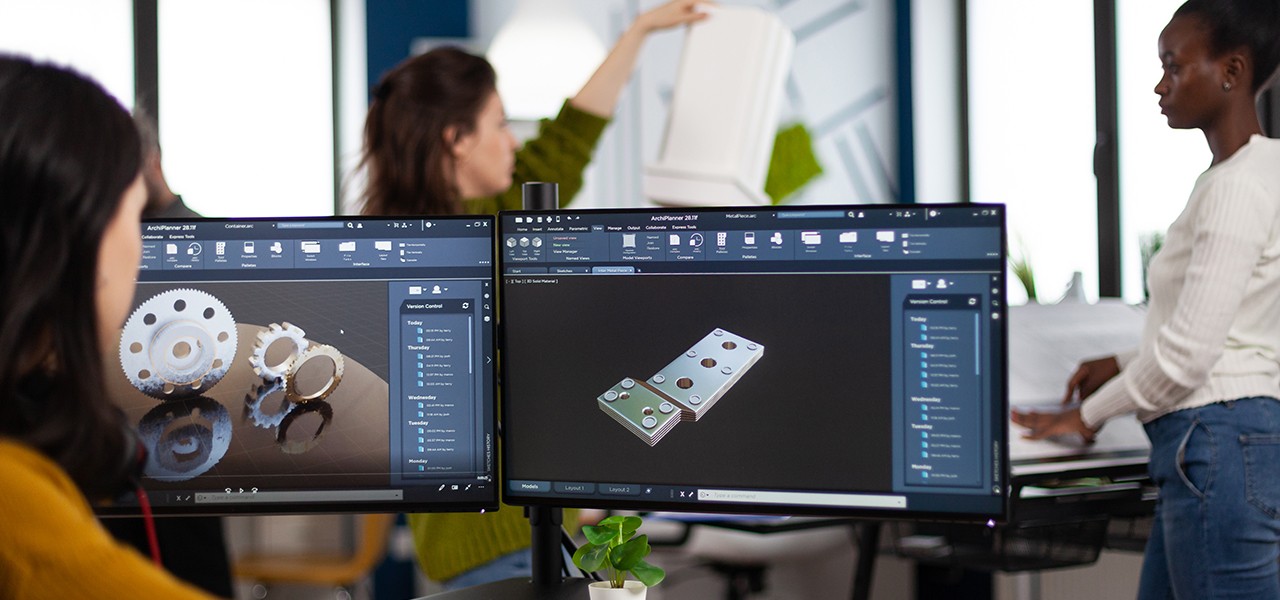Location :
Client :
Architect :
Category :
Duration :
Complete :
374 Linda Street, London
Robert William
Harry Johnson
portfolio
10 Month
15 Apr 2024
Abstract Art is a style of visual art that eschews realistic representation and instead uses shapes, colors, forms, and gestural marks to achieve its effect. Unlike representational art, which depicts recognizable objects or scenes, abstract art focuses on the artist's expression, emotions, and interpretation of reality. This form of art often communicates concepts or feelings without the need for clear, literal imagery, encouraging viewers to engage with the work on a more personal and interpretive level.
Origins and History of Abstract Art
The roots of abstract art can be traced back to the late 19th and early 20th centuries, as artists sought new ways to explore creativity beyond traditional forms of depiction. Various movements and developments in art, science, and philosophy helped to set the stage for abstraction to emerge as a dominant artistic style.
Modernist movements such as Cubism, pioneered by Pablo Picasso and Georges Braque in the early 20th century, played a significant role in the development of abstract art. Cubism deconstructed objects into geometric shapes and presented them from multiple viewpoints, blurring the line between realism and abstraction. This encouraged artists to experiment further with form and structure.
The Influence of Abstract Art
Abstract art has had a profound influence on the course of modern and contemporary art. It broke away from the need for art to depict reality and opened up a world of creative possibilities. Abstract art laid the groundwork for a range of movements, including Minimalism, Conceptual Art, and various forms of digital and postmodern art. Its emphasis on the artist's emotional and intellectual expression also paved the way for a more subjective and personal approach to creativity.
Conclusion
Abstract art represents a significant shift in the history of visual expression, moving away from realistic representation toward a focus on form, color, and emotion. From Kandinsky’s early experiments with pure abstraction to the emotional depth of Rothko’s color fields and the energy of Pollock’s action paintings, abstract art challenges viewers to engage with art in a different, often more personal, way. By stripping away the constraints of realism, abstract artists invite us to explore deeper emotional and conceptual landscapes, making abstract art one of the most dynamic and influential styles in modern art history.
Solution:
Design Concept: Multi-level design adapting to the hillside, large windows for natural light and views.
Sustainable Features: Reclaimed wood, solar panels, rainwater harvesting, green roof gardens.
Structural Integrity: Collaboration with structural engineers, retaining walls, deep foundation.
Permitting: Detailed architectural drawings, regulatory compliance & necessary permits.
Result:
Construction Completion: On time, within budget, high-quality craftsmanship.
Client Satisfaction: Met and exceeded client’s goals, seamless indoor-outdoor integration.
Sustainable Living: Significant energy savings, reduced environmental footprint.
Recognition: Featured in architectural publications, praised for innovative design.


